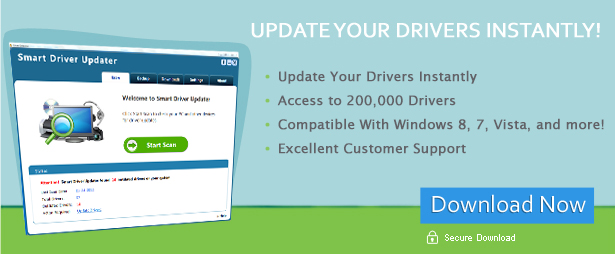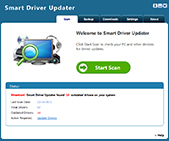
Driver Update: Keyboard
Installing Your Keyboard
Keyboards are computer’s main input devices. The idea of not having a keyboard for a computer is almost unimaginable – mostl.y because computers are mainly used for encoding work and much of computer work really needs you to input text. Considering how important it is, it’s surprisingly simple to install a new keyboard into your computer.
This is the general procedure:
- Generic keyboards only need to plugged into the computer via the USB or PS/2 port. Most operating systems have a generic bundle of input device drivers that enable them to operate most hardware.
- Specialized keyboards, however, need additional care. This is because even if your computer is able to operate its main functions, with the lack of the appropriate drivers, the more unique functions cannot be activated.
- For these keyboards, special driver software is usually included in the package. To complete their installation, it is usually required to use the installer provided so that your drivers are completely updated.
Problems Associated With Keyboards
With such ease of installation, you would expect that there would be no problems involved in getting a keyboard running. Unfortunately, there are still cases when a newly installed keyboard or an old one just stops functioning.
When this happens, check first if it is a hardware problem. Loose or wrong connections usually result in computer hardware not working properly. A good once-over should assure you whether the fault is with your computer or the connection. You can even try running the keyboard on another PC to see where the problem is.
If it isn’t a hardware problem, then most likely it is a software problem. Software problems with hardware devices have their roots in the drivers that make them work. Device drivers are the software that enables your computer to interface with your hardware. If they have been corrupted or are not up-to-date, your hardware will not function properly.
Resolve Your Installation Problems With Smart Driver Updater
The main way to solve a keyboard driver problem is by updating your drivers. This can be done by following this simple procedure:
- Identify your keyboard’s brand and name. If you don’t know, settle for a generic driver, though you may encounter some problems. Download the latest driver for your keyboard.
- Open your Device Manager. This is done by right-clicking on your "My Computer" Icon and choosing "Properties". Go to the "Hardware" tab and open it.
- Remove your current keyboard driver then install the new driver.
Note that this solution isn’t perfect. You may encounter still more problems. The best way to handle this is to use a third-party driver update program like Smart Driver Updater. Smart Driver Updater automatically detects your computer hardware using the latest in scanning technology, correctly identifying. Afterwards, it downloads the appropriate driver from its personal online library of drivers and installs it immediately. This ensures that the update is done promptly and correctly – enabling you to run your keyboard properly.






